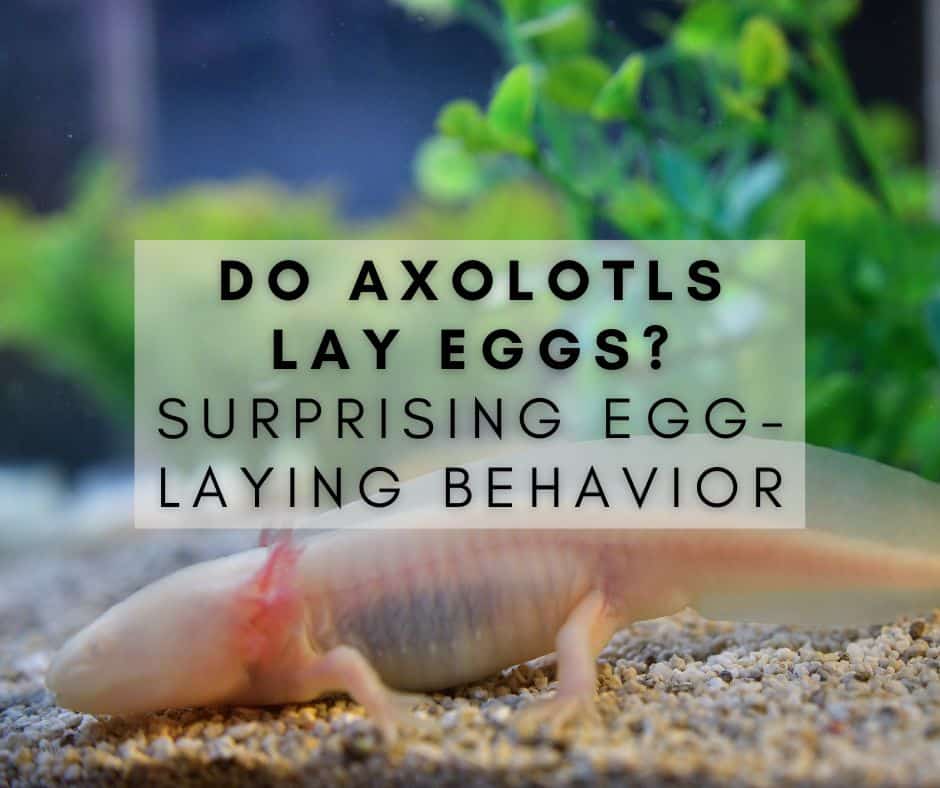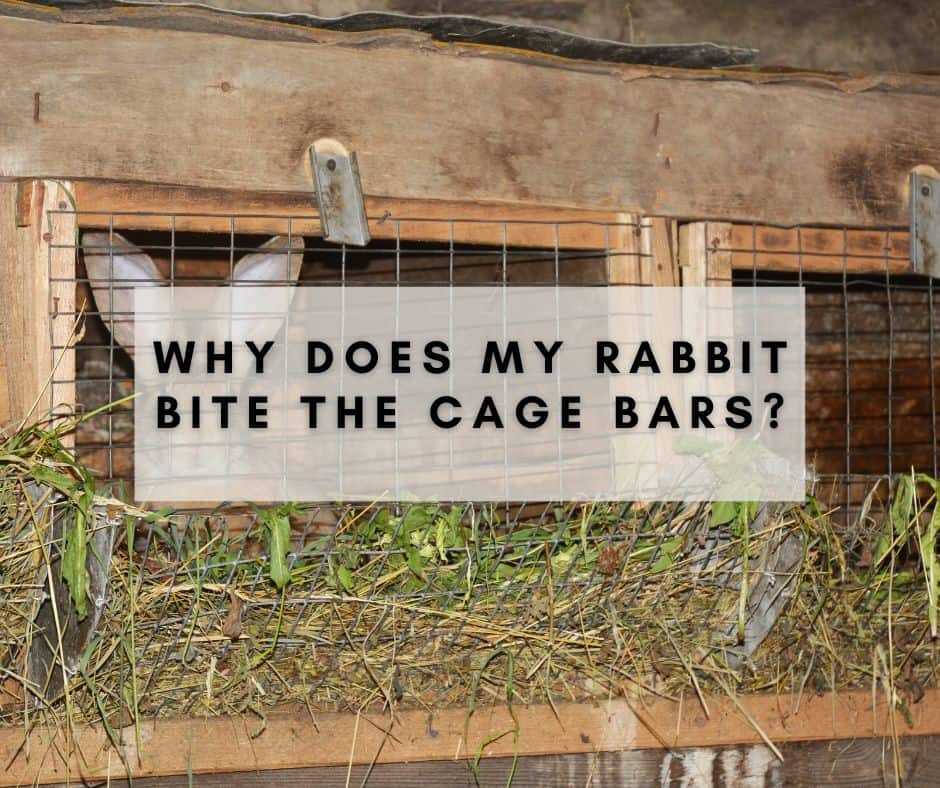Axolotls have long been a subject of fascination for scientists and animal enthusiasts. These captivating creatures possess unique characteristics that set them apart from other amphibians. One burning question that often arises is whether axolotls lay eggs. The answer is a resounding yes! However, the process of egg-laying in axolotls is quite distinct from that of other amphibians.
In this article, we will dive deeper into the world of axolotl reproduction, exploring their intriguing life cycle, mating behavior, and the secrets behind their surprising egg-laying behavior.
Contents
What are Axolotls?
Axolotls, scientifically known as Ambystoma mexicanum, are a unique species of salamander native to Mexico. They are often referred to as Mexican salamanders or Mexican walking fish. What makes axolotls truly remarkable is their ability to retain their juvenile form throughout their entire lives. Unlike other amphibians that undergo metamorphosis, axolotls maintain their gills and never develop lungs. This unique characteristic allows them to live their entire lives underwater.
In addition to their unusual appearance, axolotls possess remarkable regenerative abilities. They have the extraordinary capacity to regenerate lost body parts, including limbs, spinal cords, and even parts of their brain. This regenerative prowess has made them a subject of extensive scientific research, offering insights into the potential applications for human regenerative medicine.
Life Cycle: Unveiling the Stages of Axolotl Development
Embryonic Journey Begins: Egg-Laying
The life cycle of an axolotl begins with the process of egg-laying. Female axolotls lay their eggs in clusters, and a single female can lay anywhere between 100 to 1,000 eggs per breeding cycle. These eggs are usually attached to aquatic plants or other objects in the water.
The eggs, resembling small transparent orbs with a gel-like texture, undergo a fascinating process of development. The male axolotl fertilizes the eggs externally by releasing sperm, which is then picked up by the female using her cloaca—a reproductive opening utilized for both mating and egg-laying. The fertilized eggs develop into embryos, marking the beginning of a new generation of axolotls.
Larval Stage: The Aquatic Phase
Once the eggs are fertilized, they enter the larval stage. Axolotl larvae are fully aquatic and possess external gills, which allow them to extract oxygen from the water. They rely on these gills for respiration throughout their entire lives.
During the larval stage, the axolotls undergo significant growth and development. As they mature, they develop limbs, and their gills gradually become less prominent. Their body structures become more defined, and they exhibit the beginnings of their characteristic features.
Juvenile Stage: Transitioning to Land
As the axolotls continue to develop, they eventually reach a stage known as the juvenile stage. At this point, they have developed limbs and are capable of venturing out of the water. While axolotls are primarily aquatic creatures, juveniles can spend short periods of time on land. However, they still rely on their gills for respiration, and their ability to survive solely on land is limited.
The transition from the larval stage to the juvenile stage is a critical milestone in the life cycle of axolotls. It marks the beginning of their ability to adapt to different environments and signals their readiness for the next stages of their reproductive journey.
Reproduction: A Fascinating Journey of Mating and Egg-Laying
Sexual Maturity: Unlocking the World of Breeding
Axolotls reach sexual maturity at around 12 to 18 months of age. Unlike many other amphibians that have a limited breeding window, axolotls can breed throughout their entire lives. This extended period of reproductive capability ensures that they have ample opportunities to produce offspring.
Mating Behavior: Dance of Attraction
During the breeding season, which typically occurs from March to June, male axolotls engage in a courtship dance to attract females. This courtship behavior involves a series of movements, including chin-rubbing on the female’s head and body, as well as gentle nipping at her gills.
The purpose of this courtship dance is to establish a connection between the male and female axolotls. It allows them to communicate their readiness to mate and initiate the reproductive process.
Egg-Laying: The Arrival of New Life
Once the courtship dance is successful and mating occurs, the female axolotl begins the process of egg-laying. Axolotls are oviparous, meaning they lay eggs as part of their reproductive strategy. The female releases her eggs, which she has been carrying inside her body, into the water. These eggs are typically laid in clusters, and their numbers can vary depending on factors such as the size and age of the female.
The eggs are attached to aquatic plants or other objects in the water to ensure stability and protection. They are transparent and gel-like in appearance, allowing light to penetrate and facilitate the process of embryonic development.
Embryonic Development: Nurturing Life Within
Once the eggs are laid, they begin their journey of development outside the mother’s body. The external environment provides the necessary conditions for the embryos to grow and mature.
The process of embryonic development in axolotls follows a pattern similar to that of other amphibians. The fertilized eggs undergo a series of divisions and differentiations, forming various layers of cells that eventually give rise to different body structures. This process includes the formation of the skin and nervous system, the muscles and skeleton, and the digestive system.
As the embryos develop, they become more recognizable as axolotls. Their eyes, gills, and tail become visible, and they exhibit movements within the protective egg casing. Over a period of several weeks, the embryos continue to grow and prepare for the next phase of their journey—the hatching process.
Hatching: Breaking Free Into the World
After weeks of development, the axolotl embryos reach a stage where they are ready to hatch. At this point, they develop a specialized structure called an egg tooth. The egg tooth is a temporary, pointed projection located on the snout of the embryo, which helps them break through the eggshell.
Using their egg tooth, the hatchlings exert pressure against the eggshell, creating small cracks. With persistent effort, they gradually widen these cracks until they are able to emerge from the eggs. The hatching process can take several hours or even days, as the hatchlings free themselves from their confined environment.
Once they have successfully hatched, the young axolotls are fully formed and ready to embark on their independent lives. They possess the ability to swim and hunt for food, although they may initially rely on their yolk sac for nourishment.
Conclusion: Unraveling the Mysteries of Axolotl Reproduction
In conclusion, axolotls are extraordinary creatures with a captivating reproductive journey. They begin their lives as eggs, which are laid by the female axolotl. The eggs hatch into larvae, marking the commencement of their fully aquatic stage. As they grow, they undergo a transition to the juvenile stage, gaining the ability to spend time on land.
Axolotls exhibit fascinating mating behaviors, including courtship dances performed by males to attract females. Once mating occurs, the female axolotl lays her eggs, which develop externally. The eggs undergo a process of embryonic development, culminating in hatching, where the young axolotls break free from their eggshells and enter the world.
Understanding the intricate details of axolotl reproduction sheds light on the unique characteristics and adaptations of these incredible creatures. Axolotls are a testament to the diversity and marvels of the natural world, captivating us with their ability to reproduce and regenerate.
Frequently Asked Questions
Axolotls can lay between 100 to 1,000 eggs per breeding cycle. The number of eggs correlates with the size and age of the female axolotl.
Axolotl eggs are small, round, and transparent. They possess a gel-like texture and are typically attached to aquatic plants or other surfaces.
No, axolotls cannot lay eggs without the presence of a male. Fertilization by a male is necessary for the eggs to develop into embryos.
In their natural habitat, axolotls lay their eggs in shallow waters near the shore. They prefer attaching their eggs to aquatic plants or surfaces that offer.




